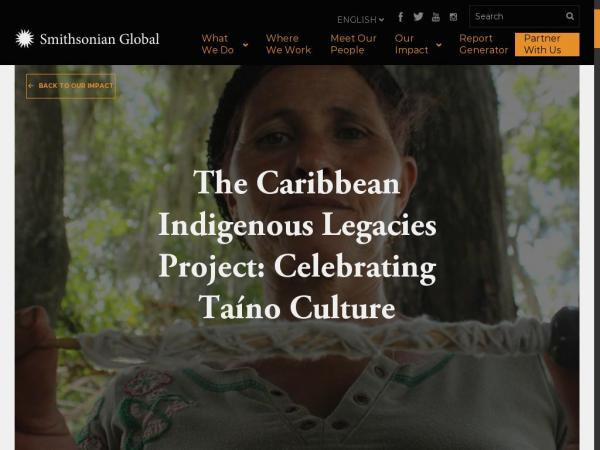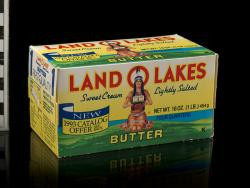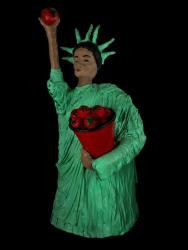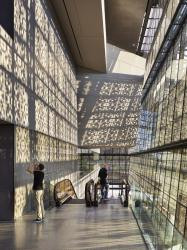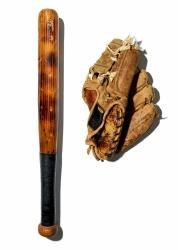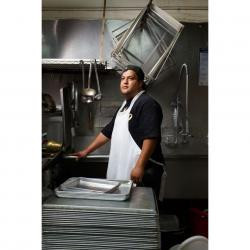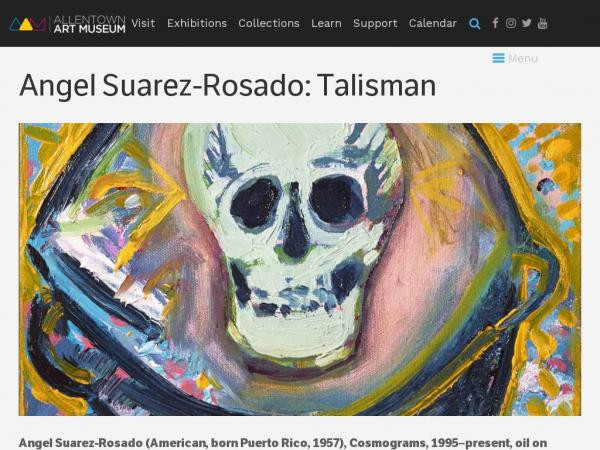Philippa Rappoport
I work in education and engagement, teacher professional development, and outreach at the Smithsonian Office of Educational Technology (OET), and have a particular interest in developing and producing trainings, programs, teaching techniques, and platforms that foster deep learning and contribute knowledge to improve practices in museum and preK-16 education and engagement. At OET over the last decade+, I created digital assets for schools, families, and new immigrant English Language learners to complement teacher professional development and pan-Smithsonian programming, including Learning Lab teaching collections, YouTube videos with tradition bearers, a handmade family stories book-making website, and online heritage tours.
Philippa Rappoport's collections
The Smithsonian's Caribbean Indigenous Legacies Project: Celebrating Taíno Culture
 Philippa Rappoport
Philippa Rappoport
The William Steinway Diary, 1861-1896: A Unique Perspective on post-Civil War New York
 Philippa Rappoport
Philippa Rappoport
Close Looking at Edward Reep's "Italian Shrine," and the Nazi Occupation of Bologna, Italy, during WWII
 Philippa Rappoport
Philippa Rappoport
Student Activity: Exploring Luis Cruz Azaceta's "Shifting States: Iraq"
 Philippa Rappoport
Philippa Rappoport
Migrations in American History: The Making of "Many Voices, One Nation"
 Philippa Rappoport
Philippa Rappoport
Exploring the Cultural Markers of Identity
 Philippa Rappoport
Philippa Rappoport
Digital Storytelling with Museum Objects in the Smithsonian Learning Lab (RDMF Conference Workshop)
 Philippa Rappoport
Philippa Rappoport
Curating Digital Museum Resources for the Classroom (Texas ASCD Ignite 19 Conference Session)
 Philippa Rappoport
Philippa Rappoport
Toward a More Inclusive America through the Arts: Statues of Liberty and other National Symbols
 Philippa Rappoport
Philippa Rappoport
Classroom Activity with "¡Pleibol!”: Close Looking to Explore One Family’s Story of Latino Baseball
 Philippa Rappoport
Philippa Rappoport
Art, Creative Writing, and Public Speaking: A Portraiture Workshop for the ELL Classroom
 Philippa Rappoport
Philippa Rappoport
Domingo Ulloa's "Braceros": and "Bittersweet Harvest": Using Art and Historical Documentation to Deepen Understanding
 Philippa Rappoport
Philippa Rappoport

